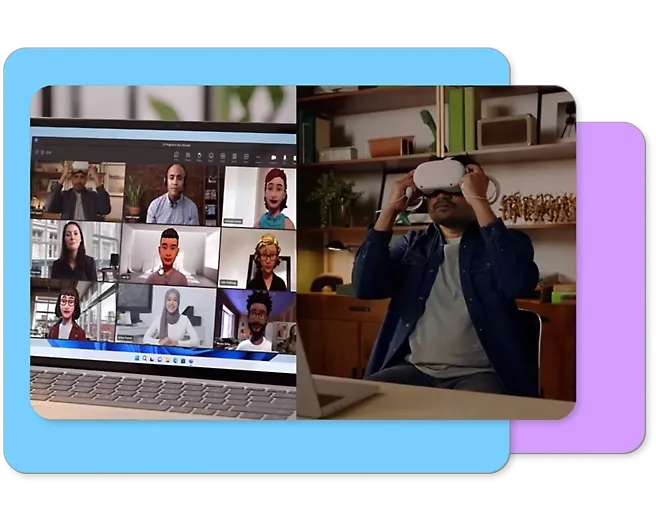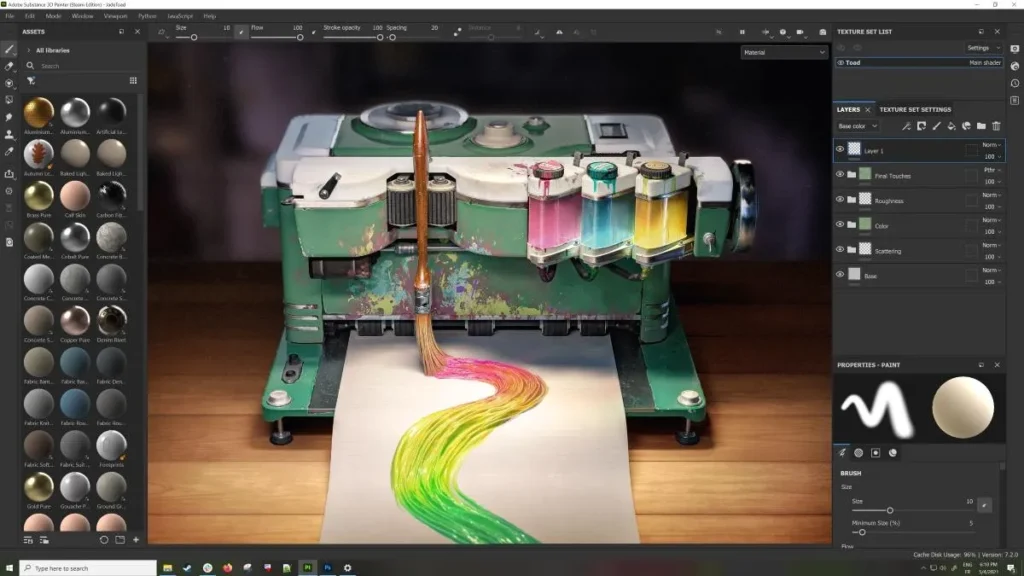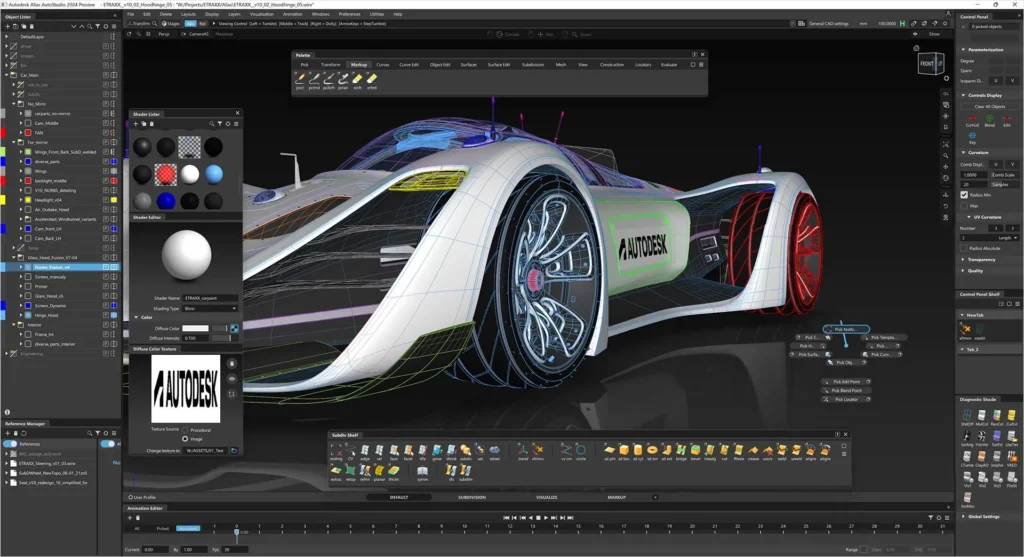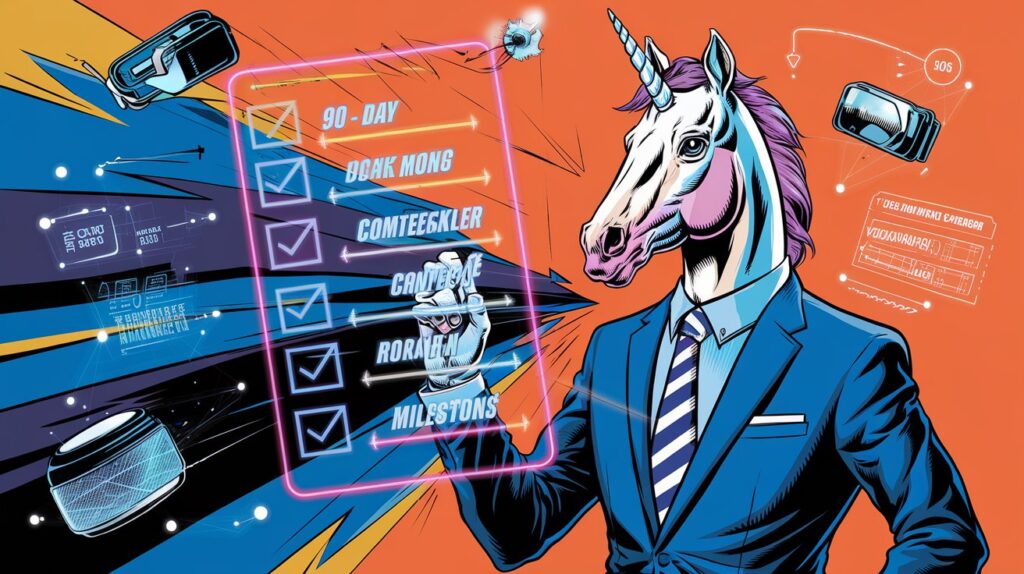
Ever wonder why people spend real money on virtual clothes? Or why do teenagers feel more comfortable making friends in virtual worlds than in real life?
Welcome to the Meta Effect – a fascinating new psychological phenomenon that’s changing how people behave, connect, and make decisions in virtual spaces. According to Stanford’s Virtual Human Interaction Lab research, our brains process virtual experiences in ways remarkably similar to physical ones.
What is the Meta Effect?
The Meta Effect represents a fundamental shift in human psychology within virtual environments. Research published in the Journal of Consumer Psychology demonstrates that as people spend more time in immersive digital spaces, their sense of identity becomes increasingly fluid.
A groundbreaking study from Nature Digital Psychology reveals that the boundaries between virtual and physical reality begin to blur significantly after just 20 minutes of immersive experience.
The Four Pillars of Virtual Psychology
The Avatar Effect
Something remarkable happens when people create virtual versions of themselves. Research in Current Directions in Psychological Science shows that people literally begin to take on characteristics of their digital avatars. Someone using a taller avatar will negotiate more aggressively, while those with traditionally attractive avatars display increased confidence in social interactions.
The Presence Principle
Unlike traditional digital media, the metaverse creates what psychologists call “presence” – the feeling of actually being somewhere. This isn’t just about fancy graphics or realistic sound. MIT Media Lab research demonstrates how our brains process these experiences as authentic reality.
The Social Mirror
Human beings are inherently social creatures, and this trait becomes fascinatingly amplified in virtual spaces. When users see others engaging with something in the metaverse, their brains process it as real social proof, even though it’s happening in a virtual environment.
The Investment Loop
The psychology of virtual engagement follows a fascinating pattern: the more time and emotional energy people invest in virtual spaces, the more real and valuable those spaces become to them. This explains why people will pay real money for virtual items – they’re investing in identity and social status within a world that feels increasingly real.
Real-World Success Stories: The Meta Effect in Action
Gucci: Turning Virtual Fashion into Real Desire

When Gucci launched their virtual garden in Roblox, they created an immersive experience that proved virtual items could command real-world value. Their virtual bags sold for more than their physical counterparts, demonstrating the power of digital scarcity and social presence.
Microsoft Mesh: Transforming Remote Work Psychology

Microsoft’s research on Mesh shows that virtual collaboration can create stronger team bonds than traditional video calls. Their peer-reviewed study published in Computers in Human Behavior demonstrates significant improvements in team cohesion and information retention.
Unity: Empowering Virtual Experience Creation

Unity’s creator marketplace has revolutionized how developers think about virtual world creation, transforming solitary development into a social experience where creators can share, learn, and build upon each other’s work.
Adobe’s Substance 3D: Bridging Creative Identities

Adobe’s approach focuses on helping creators maintain consistent creative identities across virtual and physical spaces, demonstrating how professional tools can preserve familiar workflows while enabling new forms of expression.
Autodesk: Revolutionizing Virtual Design Collaboration

Autodesk’s platform enables architects and engineers to experience designs at human scale and make real-time decisions in virtual environments, showing how professional collaboration can be enhanced through virtual presence.
Special Focus: Enterprise Applications
Training and Skill Development success rates have shown significant improvements with virtual implementation. According to PwC’s VR Soft Skills Training Study:
- Employees are 4x more focused during training than e-learning counterparts
- VR learners complete training up to 4x faster than classroom training
- Employees are more confident to act on what they learned after VR training
90-Day Meta Effect Implementation Guide
First 30 Days: Build Your Virtual Foundation

Begin by creating a space that enables genuine self-expression and social connection. Focus on how users can represent themselves and interact with others in meaningful ways.
Days 30-60: Activate Social Dynamics
Focus on creating reasons for social interaction. Implement features that encourage users to share experiences, collaborate, and showcase their achievements.
Days 60-90: Bridge Virtual and Physical
Start connecting your virtual presence with real-world value through exclusive products, special events, or rewards that can be redeemed both virtually and physically.
Looking Forward
Industry analysis suggests that the metaverse economy could reach $5 trillion by 2030. For organizations looking to implement metaverse strategies, the key is to start small and focus on creating authentic experiences that add real value to users’ lives.
💡 The Meta Effect Takeaway
The most profound insight about the Meta Effect might be this: while the technology is virtual, the human experiences and emotions are very real. Success in virtual marketing isn’t about pushing the boundaries of technology – it’s about understanding and respecting how people naturally think, feel, and behave in these new spaces.
Think of the metaverse not as a new advertising platform, but as a new dimension of human experience. When you approach it with this mindset, the opportunities for meaningful connection and value creation become clear. The most powerful marketing has always been about understanding human psychology – the Meta Effect just gives us new ways to apply that understanding.

Leave a Reply